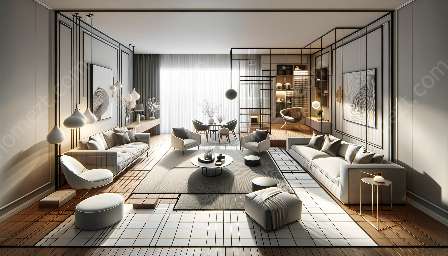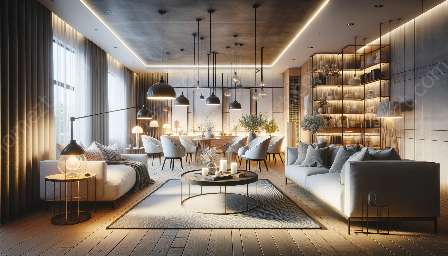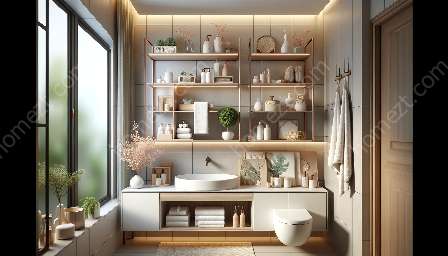Lighting plays a crucial role in store layout and design, significantly impacting the retail trade. It not only creates an inviting atmosphere but also influences customer behavior and perception of products. In this comprehensive guide, we will delve into the significance of lighting in retail environments, explore key considerations for integrating lighting with store layout and design, and highlight current trends to help retailers create an attractive and functional lighting environment.
The Significance of Lighting in Retail Environments
Lighting has a profound impact on the overall shopping experience. It sets the tone, highlights merchandise, and influences the mood of shoppers. Effective lighting can create a welcoming ambiance, attract attention to specific products, and guide customers through the store. From enhancing the visibility of products to influencing emotions and purchase decisions, the proper use of lighting can significantly contribute to the success of a retail store. Moreover, it can also affect the perception of space, making the store seem more spacious and appealing.
Key Considerations for Integrating Lighting with Store Layout and Design
When considering lighting in store layout and design, several key factors should be taken into account:
- 1. Target Audience: Understanding the demographic and psychographic characteristics of the target customer base is crucial for determining the appropriate lighting scheme. Different customer segments may have distinct preferences regarding lighting intensity, color temperature, and ambiance.
- 2. Brand Identity: Lighting should align with the brand's image and messaging. Whether the store aims for a modern, minimalist, or luxurious atmosphere, the right lighting design should reinforce the brand's personality and positioning.
- 3. Product Display: The lighting should effectively showcase the merchandise, drawing attention to key focal points, such as new arrivals, promotions, and high-margin items. Proper lighting can enhance the visual appeal of products and stimulate customer interest.
- 4. Energy Efficiency: Implementing energy-efficient lighting solutions not only reduces operating costs but also aligns with sustainability initiatives, which can resonate positively with environmentally conscious consumers.
- 5. Flexibility and Control: Incorporating adjustable lighting fixtures and control systems allows retailers to adapt the lighting design to different occasions, product categories, and time of day, creating a dynamic and engaging environment.
Current Trends in Retail Lighting
As the retail industry evolves, so do lighting trends. Several trends have emerged that reflect the changing dynamics of retail environments:
- 1. Human-Centric Lighting: Retailers are incorporating lighting solutions that mimic natural light patterns to promote well-being and improve the shopping experience. Tunable white lighting and circadian lighting systems are gaining traction.
- 2. Interactive Lighting: Interactive lighting installations, such as motion-activated lights, interactive displays, and dynamic light shows, are being used to engage and captivate consumers, creating memorable experiences.
- 3. Smart Lighting Systems: The integration of smart lighting technologies, including sensors, IoT (Internet of Things) connectivity, and automation, enables retailers to optimize energy usage, gather valuable analytics, and personalize lighting settings according to customer behavior and preferences.
- 4. Sustainable Lighting Design: With a growing emphasis on sustainability, retailers are adopting eco-friendly lighting solutions, such as LED (light-emitting diode) fixtures, to reduce environmental impact and convey a commitment to eco-conscious practices.
- 5. Artistic Lighting Displays: Retailers are leveraging the creative use of lighting to craft visually appealing installations, artful illuminations, and immersive experiences that differentiate their stores and capture the attention of passersby.
Conclusion
Effective lighting design in store layout and design is a critical component of successful retail trade. By recognizing the significance of lighting, aligning with key considerations, and embracing current trends, retailers can create an attractive and functional lighting environment that enhances the overall shopping experience, drives sales, and strengthens brand identity. As the retail landscape continues to evolve, staying abreast of innovative lighting solutions and adapting to changing consumer behaviors will be essential for maintaining a competitive edge in the retail industry.




